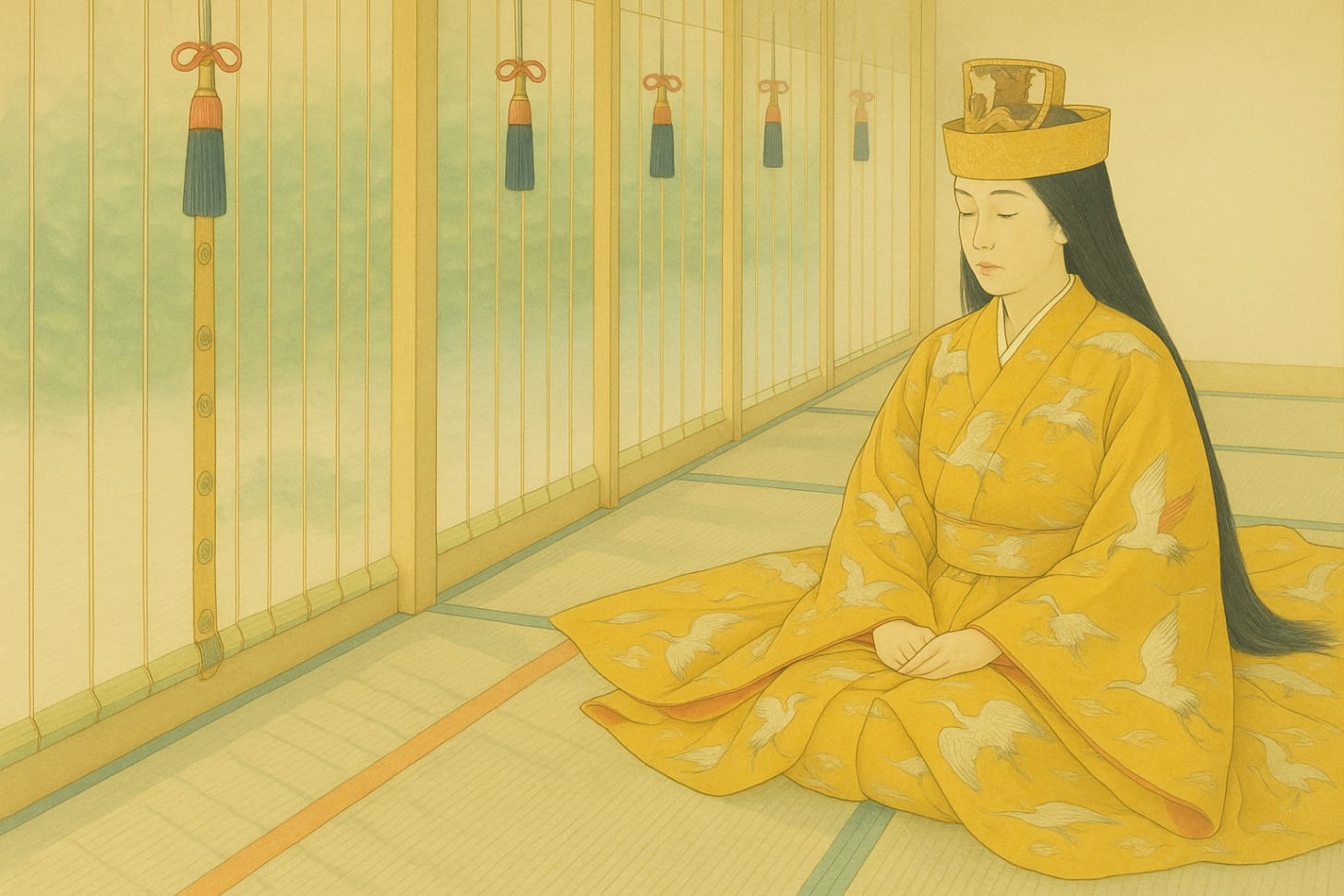Female Emperors And Shamaness Culture In Imperial Japan
Meiji Reforms and Male-Line Restriction in Imperial Inheritance
One of the main themes of my research is the actual conditions of ancient Japan’s shamaness culture (巫女文化). While I have already investigated traces of this culture across various regions, in recent years I feel that the necessity of approaching this research from a new perspective is increasing. A significant reason for this is the issue surrounding imperial succession within Japan’s imperial family. In reality, this issue involves extremely political circumstances rather than purely being a matter within the imperial family itself. Currently, according to regulations, succession rights are strictly limited to “male-line males” (男系男子), leading to ongoing discussions about who will succeed the current Emperor. This is because, under current circumstances, Princess Aiko (愛子内親王), the eldest daughter of the present Emperor, is not permitted to ascend to the throne.
From my standpoint of continuously examining Japanese history, I do not agree with the conservative assertion of limiting imperial succession rights strictly to “male-line males.” Rather, I believe that in our current era, it is increasingly necessary for a female Emperor to ascend, based on a careful examination of the historical contexts in which female emperors previously assumed the throne. This matter is difficult for even Japanese people to fully understand, thus I will delve into historical contexts to promote greater understanding among readers.
Firstly, Japan’s imperial succession system underwent significant changes during the tumultuous period following the Meiji Restoration, a period that Shitsurae particularly focuses on. Specifically, the “Old Imperial House Law” (旧皇室典範) and the “Constitution of the Empire of Japan” (大日本帝国憲法), enacted in 1889 (Meiji 22), explicitly limited succession rights to “male-line males” for the first time. However, prior to this era, Japanese imperial history did not feature any clear regulations restricting succession solely to the male line, nor was there any permanent policy explicitly prohibiting female emperors. Rather, historically, female emperors ascended to the throne according to the demands of their times. While the general perception today, both domestically and internationally, is that the Japanese Emperor must be a male-line male, this notion is a modern development and does not reflect the entire historical reality.



